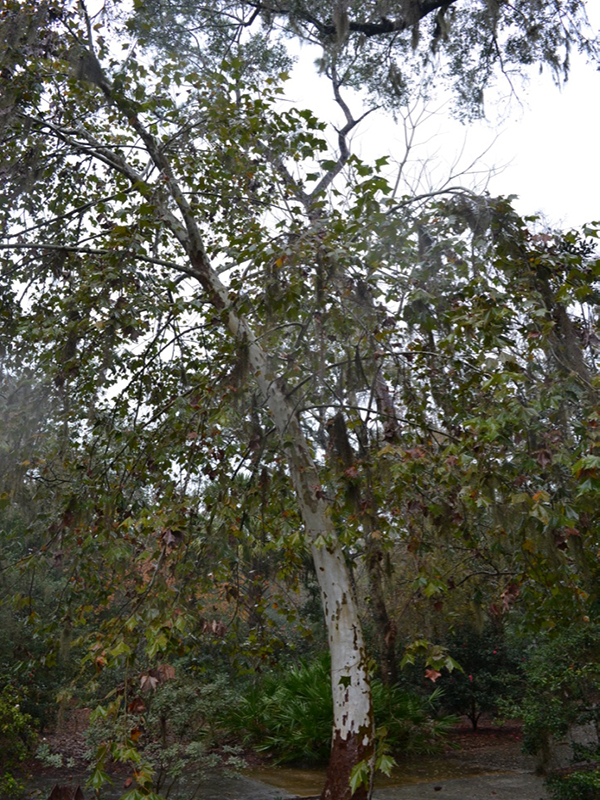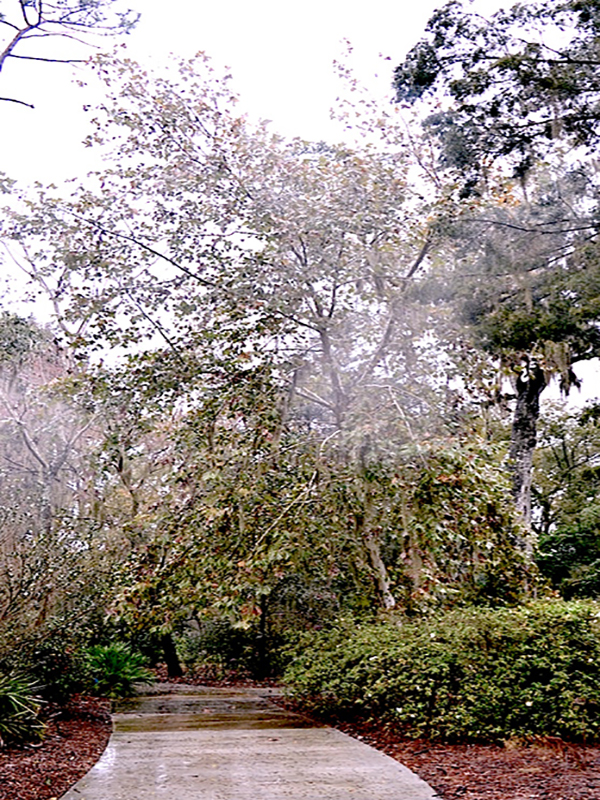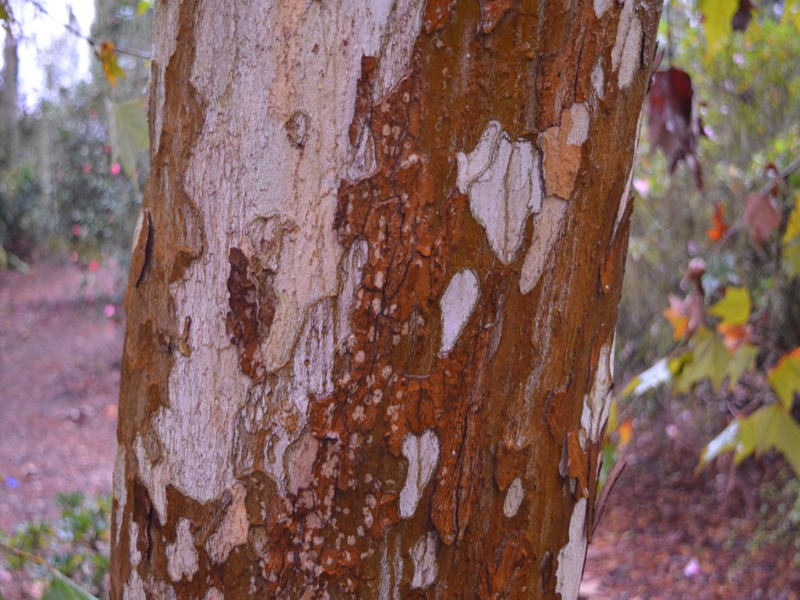
Platanus > Platanus mexicana > Platanus mexicana
Platanus mexicana
Mexican Sycamore
Origin: Native to northeastern and central Mexico.
| Family |
| Platanaceae |
| Genus |
| Platanus |
| Species |
| mexicana |
| Type |
| Tree (deciduous), Shrub (deciduous) |
| USDA Hardiness Zone |
| 8b |
| Canadian Hardiness Zone |
| Requires cold season protection under glass. |
| RHS Hardiness Zone |
| H4 |
| Height |
| 15 m |
| Spread |
| 9 m |
Photographs
Description and Growing Information
Flowering Period
| General Description |
| Flood tolerant; a good street or park tree. |
| Landscape |
| The tree is often planted to provide shade. |
| Cultivation |
| Grows best in full sun and is adapted to most soils, including alkaline soils. |
| Shape |
| Oval, rounded or umbrella shaped. |
| Growth |
| Fast |
| ID Characteristic |
| Mexican sycamore is slightly smaller than native American sycamore (Platanus occidentalis). |
| Pests |
| Shot hole borer, beetle borers, scale and spider mites, Anthracnose and powdery mildew. |
| Habitat |
| Along watercourses. |
| Bark/Stem Description |
| Smooth bark, white and tan in colour. |
| Leaf Description |
| Palmate, medium green, deciduous leaves. |
| Flower Description |
| Separate male and female flowers on the same tree (monoecious). |
| Fruit Description |
| Prolific, brown or mostly green achene, medium 1 - 2 cm, fruiting in autumn or winter. |
| Texture Description |
| Plants are very tolerant of compacted soils and air pollution. |
| Notable Specimens |
| Harry P. Leu Gardens, Orlando, Florida, United States of America. |
| Propagation |
| By seed, stem cuttings of mature wood of the current years growth, and layering of stools in spring or autumn. |
| Ethnobotanical Uses (Disclaimer) |
| The wood is used for general carpentry, dishes, and spoons. |
References
SelecTree. "Platanus mexicana Tree Record." 1995-2019. Jun 10, 2019. Retrieved from https://selectree.calpoly.edu/tree-detail/platanus-mexicana


